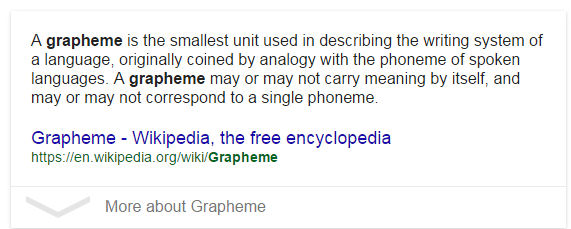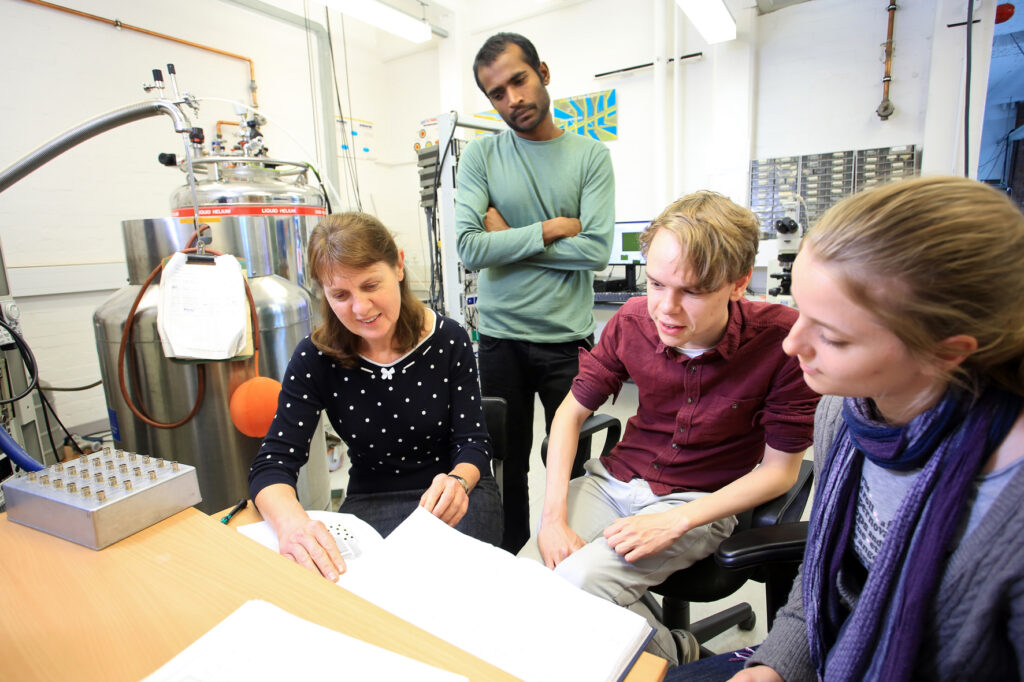The curse of auto-correct – what is ‘grapheme’?
Research 7 July 2015
A mild problem faced by graphene scientists is the need to force every new phone and every new piece of word processing software to forget the word “grapheme”. It is something I’ve become used to over the past three years as a graphene researcher, but it wasn’t until recently that I was curious enough to look up what exactly a grapheme is or how one would use it.
Graphemes are, so says Wikipedia (praise be to the good lord, Jimmy Wales), the smallest units used to describe the writing system of a language. Glyphs (letters or symbols used for writing, e.g. Roman characters, Chinese symbols or hieroglyphics) are shapes that represent graphemes, but the graphemes themselves are more of an abstract concept.
So why in the year 2015, eleven years since the discovery of the so-called ‘wonder material’ graphene, does my new phone think I’m more likely to be texting someone about an abstract concept of language than the Nobel Prize winning material that’s supposedly poised to take over the world?
With all the news coverage, government investment and world-wide hype surrounding graphene it is becoming more and more of a household talking point as awareness of it spreads. It is no longer a niche word used within scientific publications and laboratories exclusively (like neuroplasticity), but with its inclusion in the Oxford English Dictionary it has become part of the every-day English language.
If every graphene researcher at The University of Manchester saved ten seconds each year by not having to re-jig their settings to prevent autocorrecting to grapheme, the University as a whole would save roughly 20 minutes – which is roughly enough time to write an article for the website about how we should abolish the word grapheme.
James Chapman is part of the Graphene NOWNANO Centre for Doctoral Training at The University of Manchester. It features a select group of students working with some of the world’s leading scientists on two-dimensional materials, including graphene.
graphemegrapheneGraphene NOWNANO







This is the funniest article I have ever read, well put!